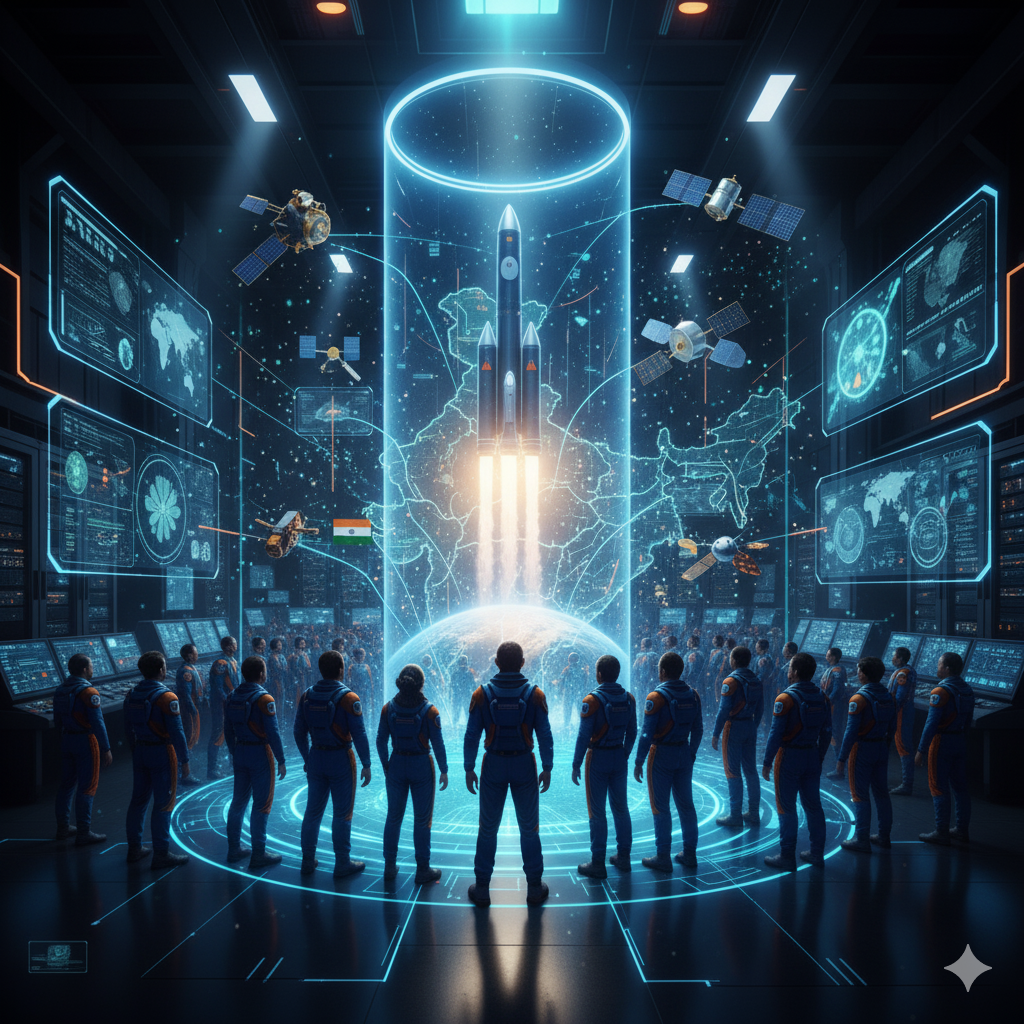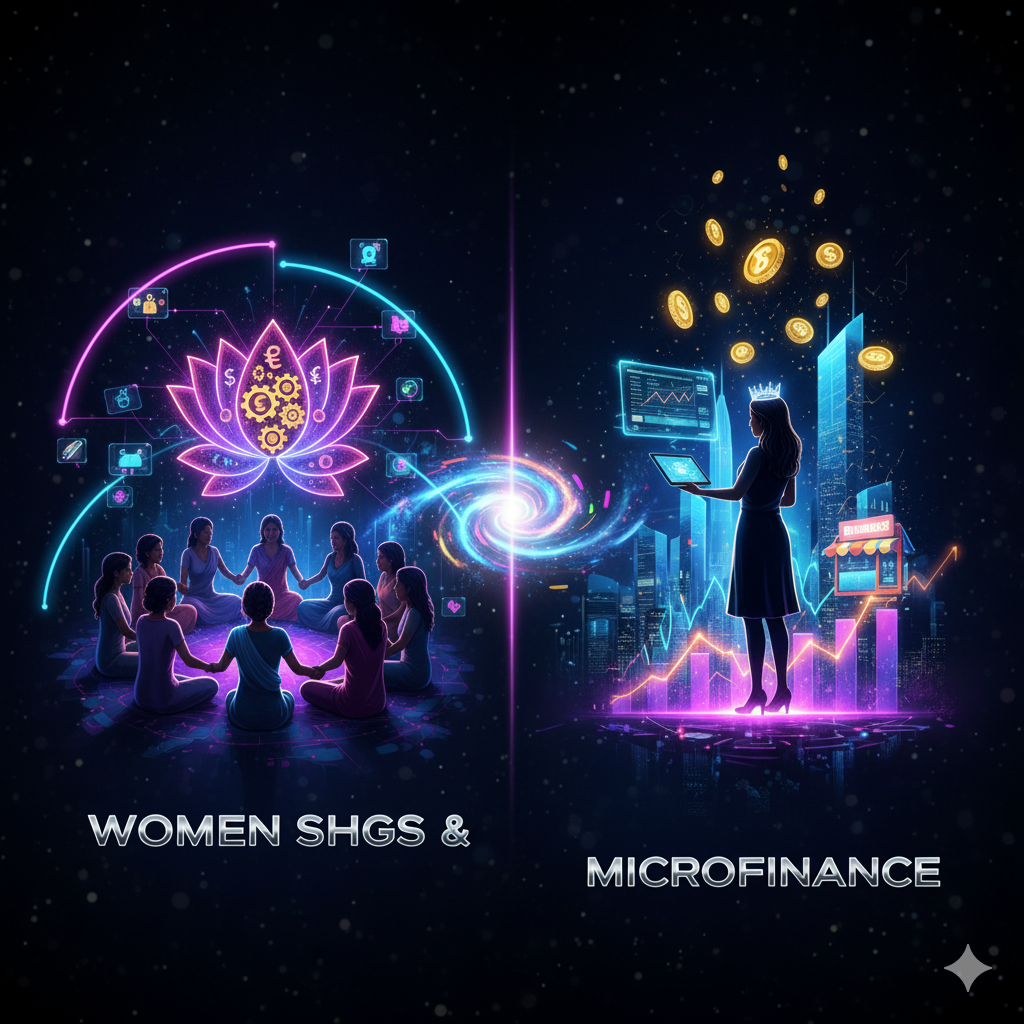Introduction
India is a land of knowledge traditions, where philosophy, science, literature, and spirituality have been preserved in written form for over two millennia. Ancient manuscripts written on palm leaves, birch bark, handmade paper, and copper plates are a testimony to India’s intellectual journey. These manuscripts cover diverse fields such as Vedic literature, Ayurveda, astronomy, mathematics, law, and art, making them not just cultural artifacts but also sources of practical wisdom.
In September 2025, the Ministry of Culture launched the “Gyan Bharatam Mission” as a landmark initiative aimed at the digitization, preservation, and dissemination of India’s vast manuscript heritage. The mission seeks to use modern technologies to protect fragile manuscripts from further degradation while making them accessible for researchers, students, and the general public.
This article provides an in-depth understanding of the Gyan Bharatam Mission, its objectives, significance, strategies, challenges, and its connection to India’s broader goals of Viksit Bharat 2047.
Historical Background of Manuscript Culture in India
- Origins of Manuscript Tradition
- The word manuscript is derived from the Latin words manu (hand) and scriptus (written). In India, manuscripts go as far back as 1500 BCE, with Vedic hymns preserved orally before being written down.
- Early manuscripts were inscribed on birch bark (in Kashmir), palm leaves (in Kerala, Odisha, and Tamil Nadu), and later on handmade paper during the medieval period.
- The word manuscript is derived from the Latin words manu (hand) and scriptus (written). In India, manuscripts go as far back as 1500 BCE, with Vedic hymns preserved orally before being written down.
- Diversity of Content
- Indian manuscripts cover multiple disciplines:
- Vedas and Upanishads – spiritual and philosophical wisdom.
- Ayurveda and Charaka Samhita – medical knowledge.
- Aryabhatiya, Brahmasphutasiddhanta – astronomy and mathematics.
- Natya Shastra – performing arts.
- Arthashastra – statecraft and economics.
- Indian manuscripts cover multiple disciplines:
- Existing Initiatives Before Gyan Bharatam
- National Mission for Manuscripts (NMM) launched in 2003 aimed at identifying and preserving manuscripts.
- Indira Gandhi National Centre for the Arts (IGNCA) created digital archives for heritage texts.
- Despite these efforts, only a fraction of the estimated 10 million manuscripts in India has been cataloged or preserved properly.
- National Mission for Manuscripts (NMM) launched in 2003 aimed at identifying and preserving manuscripts.
Launch of Gyan Bharatam Mission
The Gyan Bharatam Mission was officially launched in September 2025 by the Ministry of Culture, Government of India.
- A dedicated digital platform – the Gyan Bharatam Portal – was introduced to serve as the centralized hub for manuscript preservation and access.
- The mission envisions a national-level manuscript digitization drive, coupled with efforts to restore damaged texts and promote scholarly research.
- It is designed to be a multi-stakeholder initiative involving government bodies, universities, cultural organizations, libraries, and technology companies.
Objectives of the Gyan Bharatam Mission
The mission has several well-defined objectives:
- Digitization of Manuscripts
- Use high-resolution scanners, metadata standards, and cloud storage for long-term digital preservation.
- Use high-resolution scanners, metadata standards, and cloud storage for long-term digital preservation.
- Restoration and Conservation
- Physical conservation of manuscripts using chemical treatment, humidity control, and restoration labs.
- Physical conservation of manuscripts using chemical treatment, humidity control, and restoration labs.
- Accessibility and Dissemination
- Creating a public digital library so scholars, teachers, and students can access manuscripts without physical handling.
- Creating a public digital library so scholars, teachers, and students can access manuscripts without physical handling.
- Promotion of Research and Education
- Encouraging interdisciplinary research in philosophy, medicine, arts, and sciences through preserved manuscripts.
- Encouraging interdisciplinary research in philosophy, medicine, arts, and sciences through preserved manuscripts.
- Integration with Modern Technology
- Use of AI and machine learning for text recognition in Sanskrit, Pali, Prakrit, and regional languages.
- Use of AI and machine learning for text recognition in Sanskrit, Pali, Prakrit, and regional languages.
- Community Participation
- Encouraging private collectors, temples, and libraries to share manuscripts for digitization under secure agreements.
- Encouraging private collectors, temples, and libraries to share manuscripts for digitization under secure agreements.
- Global Cultural Diplomacy
- Positioning India as a leader in knowledge preservation and sharing ancient wisdom with the world.
Features of the Gyan Bharatam Portal
- Digital Repository: A centralized platform for accessing digitized manuscripts.
- Searchable Database: Advanced search tools for language, subject, author, and period.
- E-Library Access: Scholars worldwide can access texts remotely.
- AI Translation Tools: Support for converting manuscripts into modern Indian and global languages.
- Crowdsourced Metadata: Experts and volunteers can contribute annotations.
- Educational Integration: Linkages with schools, universities, and MOOCs.
Significance of the Mission
1. Cultural Significance
Manuscripts represent the civilizational journey of India. Preserving them strengthens India’s cultural identity and heritage continuity.
2. Educational Significance
By making manuscripts available digitally, students and researchers can study ancient knowledge systems like Ayurveda, astronomy, linguistics, and mathematics, enriching the Indian education system.
3. Scientific Significance
Ancient texts such as Sushruta Samhita (surgery) or Aryabhatiya (astronomy) provide insights into early scientific thought. They can inspire modern innovation.
4. Geopolitical Significance
The mission aligns with India’s soft power diplomacy, showing the world that India is the custodian of ancient wisdom traditions.
5. Economic Significance
Digitized manuscripts can contribute to heritage tourism, educational publishing, and knowledge-based industries.
Challenges in Implementation
Despite its ambitious goals, the Gyan Bharatam Mission faces several challenges:
- Sheer Volume of Manuscripts
- With an estimated 10 million manuscripts, digitization will be a massive task requiring years of effort.
- With an estimated 10 million manuscripts, digitization will be a massive task requiring years of effort.
- Fragile Condition
- Many manuscripts are centuries old, fragile, and difficult to restore.
- Many manuscripts are centuries old, fragile, and difficult to restore.
- Language and Script Diversity
- Manuscripts exist in Sanskrit, Pali, Tamil, Persian, Arabic, and dozens of scripts, making digitization complex.
- Manuscripts exist in Sanskrit, Pali, Tamil, Persian, Arabic, and dozens of scripts, making digitization complex.
- Technology and Standardization
- Need for advanced OCR (Optical Character Recognition) for Indian scripts.
- Need for advanced OCR (Optical Character Recognition) for Indian scripts.
- Private Collections
- Many manuscripts are in private temples, monasteries, and family collections, making collaboration essential.
- Many manuscripts are in private temples, monasteries, and family collections, making collaboration essential.
- Funding and Skilled Manpower
- Requires sustained funding and training of conservation experts.
- Requires sustained funding and training of conservation experts.
- Copyright and Ethical Concerns
- Balancing public access with community ownership.
Strategies for Success
- Public–Private Partnerships – involving universities, cultural trusts, and tech companies like Google or Microsoft.
- AI and Digital Technologies – development of AI-based tools for script recognition.
- Capacity Building – training conservators, archivists, and language experts.
- Incentives for Private Contributors – recognition, tax benefits, or financial assistance for private collections.
- Integration with Education – curriculum development to include manuscript studies.
- International Collaboration – UNESCO partnerships for global outreach.
Gyan Bharatam and Viksit Bharat 2047
The mission is linked to India’s vision of Viksit Bharat 2047, a roadmap to make India a developed nation by its 100th year of independence.
- Knowledge Economy: Preserved manuscripts can inspire innovations in science, medicine, and philosophy.
- Cultural Leadership: Strengthens India’s soft power globally.
- Digital India: Aligns with India’s push for digital inclusion.
- Education Reforms: Supports the National Education Policy 2020 by integrating Indian knowledge systems into modern education.
Way Forward
- Establish regional manuscript preservation hubs.
- Develop multilingual AI translation software.
- Organize awareness campaigns encouraging public participation.
- Provide scholarships for manuscript research.
- Collaborate with global universities to spread Indian knowledge traditions.
Conclusion
The Gyan Bharatam Mission is not just about preserving old manuscripts—it is about reviving India’s intellectual and cultural heritage. By digitizing, conserving, and disseminating manuscripts, India is building a bridge between its ancient wisdom and the modern knowledge economy.
If successfully implemented, this mission will ensure that India’s manuscripts, some of the greatest treasures of human civilization, remain accessible, relevant, and inspirational for future generations. In doing so, it strengthens India’s cultural roots, academic capacity, and global standing as a knowledge powerhouse in the journey towards Viksit Bharat 2047.




